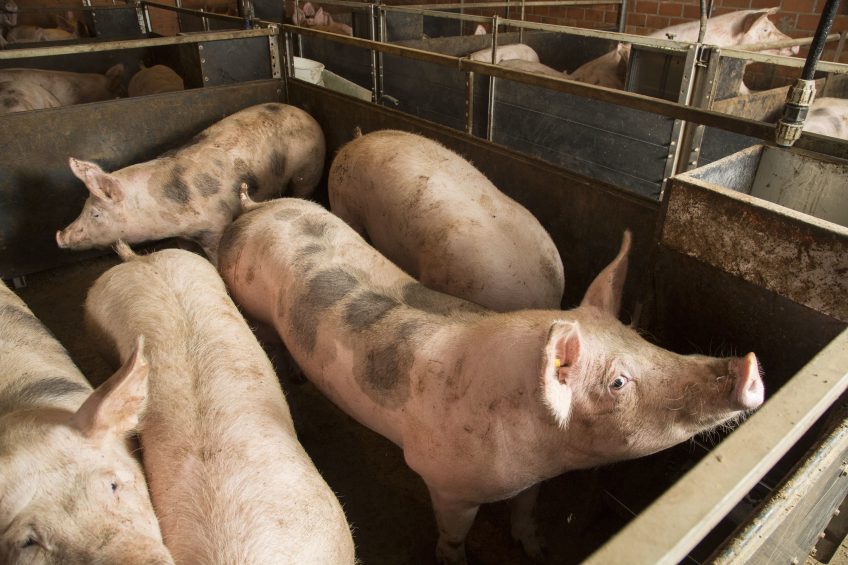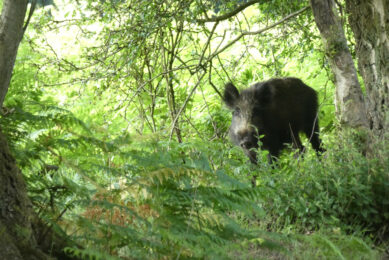New boar feed could be the answer to castration

A diet to prevent boar meat from smelling badly after heating – doesn’t that sound too good to be true? Nevertheless, Belgium-based animal feed company Dumoulin recently launched just that.
Boar taint is the odour that can occur when cooking or heating pork or pork products derived from non-castrated male pigs. For a long time, companies have been trying to develop alternative strategies and come up with the silver bullet, making conventional castration a thing of the past. In the European Union, a common goal has been agreed, to end conventional castration by 2018.
Belgian feed company Dumoulin might have found the solution. The feed, called Taintstop, is a finisher feed for uncastrated boars that prevents boar taint during roasting or heating the meat. The product was officially launched at the agricultural fair Agriflanders in Belgium. Werner Reuter, the company’s director of R&D, explained what it entails.
Sounds almost too good to be true?
“Frankly, that reaction is being given by most people when we explain our product. The feed we developed, however, really does work. We have done test at the slaughter line on carcasses from 200 Piétrain entires.”
“In addition, we had laboratory tests done at the Flemish Research Institute for Agriculture, Fisheries and Food Research (ILVO). There, 4 trained people (‘noses’) did smelling tests for 2 days in a row. They detected the boar taint in 8% of the pigs in the control group.”
“In the group that had received our feed, zero off-smelling pigs were detected. The samples we took from the carcasses were also chemically tested for skatole and androstenone, the 2 substances responsible for boar taint.”
“Regarding skatole, all animals were found to be below the limit of 250 ppb (parts per billion). As for androstenone, 16% of the boars in the control group were over the limit of 3,000 ppb and 4% of the animals in the test group were above this level. These large differences prove that the feed against boar taint does its job.”
How does it work, influencing the amount of skatole by feed?
“Our feed stimulates digestion. With certain additives and especially more fibres, the digestion is improved in the colon and thus less skatole is left behind. Skatole is a waste product of amino acids. Skatole and androstenone are broken down in the liver.”
“If the liver does not have to break down as much skatole, more androstenone can be broken down. This in turn results in a decreased risk of off-smelling carcasses. The amount of skatole that the liver processes can thus be influenced through nutrition. This has an indirect effect on the amount of androstenone that remains in the pig. The sexual behaviour of boars is not affected, by the way.”

Is this feed more expensive?
“This feed is €100/tonne more expensive than conventional grow-finisher feed. We recommend to supply around 60 kg of our feed to intact boars, before they go to slaughter.”
“This equals to feeding it for about 3 weeks. This also returns in a lower feed conversion up to slaughter. If gilts and boars are mixed and housed together, a farmer can still supply the feed, but the side effect is that this will be relative more expensive, as the gilts don’t need the feed, but also eat it in the group housing.
Has the problem with off-smelling carcasses been solved?
“Yes, our feed is a good solution and similar to chemical castration or conventional castration. With this nutritional approach, we have made a significant step to solve the problem of off-smelling carcasses when using boars for finishing.”
“There is a lot of interest in our product in the pig industry. Currently there is a second trial running with Duroc boars. The first test was with Piétrains. In addition, we have applied for a patent for it, last December.”











